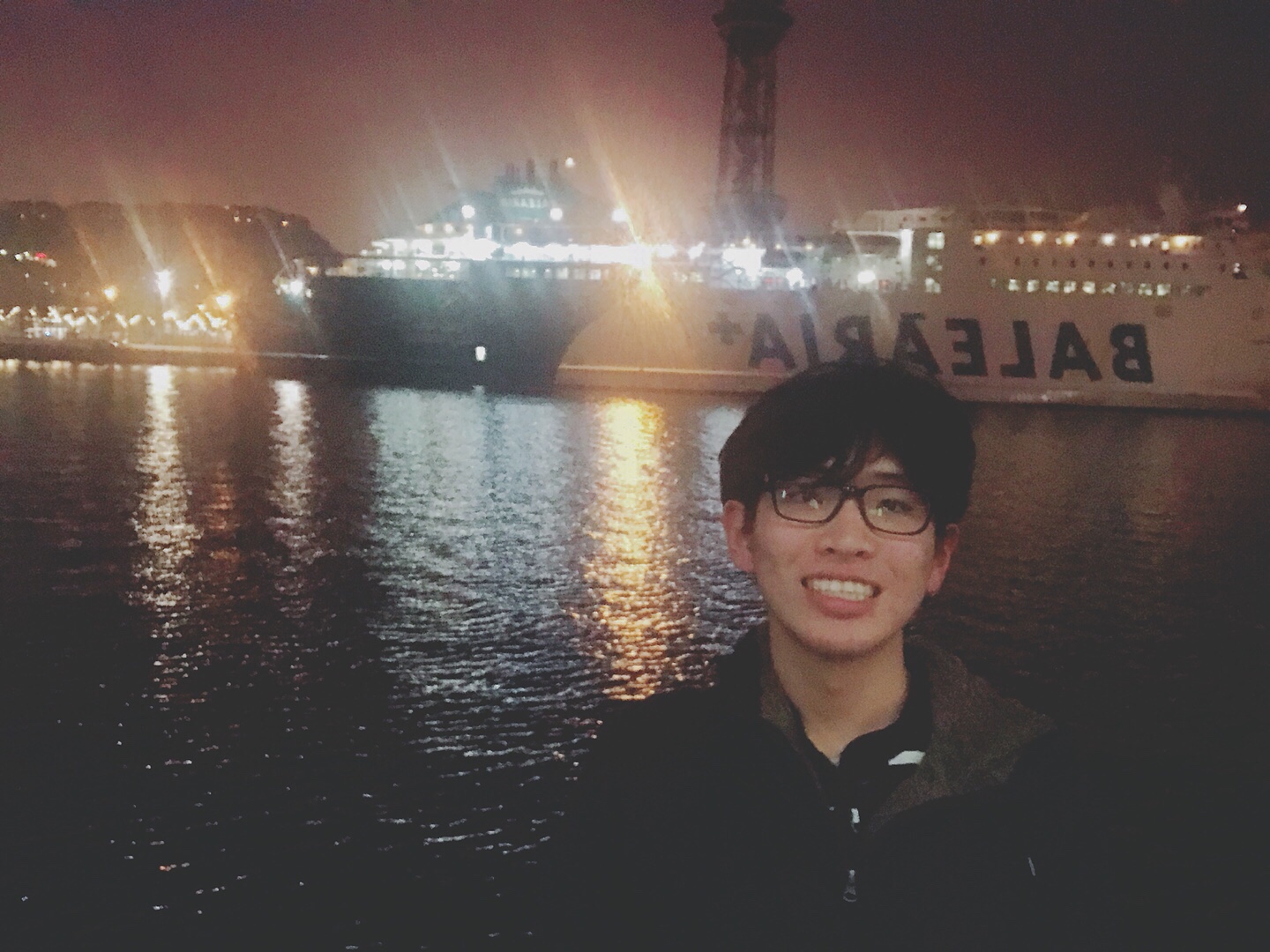2021-04-06-Tue-Study
Apr 6, 2021
»
study
Blog Rev
There was a problem which is my markdown file is pointing to a link of file that I recently commited
because the web name is same like 2021-03. The problem occured because I named my file like
2021-03-30-Mon, 2021-03-31-Tue, etc.
Therefore, I changed all file names so that I can see my TIL and Study in my blog
Need to name .md file like 2021-04-06TIL.md
but it does not change link name.
Second try was change the file name like 2021-04-06-06TIL.md.
And it works! The link becomes https://minpark0120.github.io/2021-04/06Study
I think because directory name is 2021-04-06, file name needs to be start 2021-04-06
Paper Review
VMCS
1. Centralized system
- Monitor and order directly
A. reduce requirements
B. leads to global optimum
but
a. delay of network
b. overhead
c. complex
d. time synchronization
2. Distributed system
- Yields higher intelligence
- Let each UV understand the current situation
A. Does not cost delay
B. Low computational cost
C. Simplicity
But
a. Local optima
b. High cost
Stability needs large assumptions like Velocity, available space and swarm size
VMCS
- break away from classical mechanics
- do not apply the APFs directly
- only utilize the direction and magnitude information of APF calculation
- aims to improve the expandability by additionally mapping procedure letting UVs perform the specific mission
- can design their own mechanism
DEFINE our generic structure and sample APF models
Related Work
Existing research was several attempts to design the trajectories of multiple mobile agents within constrained environments.
1. Morgan
A. Constrained agents that need to migrate to the other orbit while maintaining the communication with nearby AV and updating the optimal trajectory
B. Model predictive control-sequential convex programming algorithm
2. Bandyopadhyay
A. Probabilistic guidance of a swarm of AV for faster convergence
B. General design of distributed control, targeting the formation of large swarms
3. Yu and LaValle
A. Minimize several overheads
B. Solved path planning problem
Made an integer linear programming to efficiently solve the issue
But this is only appropriate for a specific type of environment
We aimed to operate our multi-UV system is unknown, time variable environment with considerable stability.
APF-based path planning
-mobility control
A. Chen
B. Shah
- A, B defined attractive and repulsive models btw an UAV and the target point and solved the optimal trajectory problem on the 3D obstacle map
C. Huang
- APF-Elaborated Resistance Network approach to control 2D vehicle while dividing the planning process into the virtual planning and actual control
D. Zhou
- Solved local minima problem by practice swarm optimization with the tangent vector
APF-based approaches have analyzed the path planning of the robot control with various mathematical tools to reach the optimality, but most of them were focused to achieve collision avoidance in a given obstacle map
In our system, we propose a way to increases the diversity and scalability of the mission by equating the mission efficiency with the basic requirements of the swarm
The motivation of our scheme can be summarized into Stability and Extensibility
-Only the commands containing the next destination are determined for the vehicles.
-Simple but largely applicable
-expanded to more complex swarm
Vmax: Maximum scale of D
A: total sum of APFs
F: set of the APFs defined in VMCS
G: gain value that applies to the UV’s final movement
M: Mission Target
U: a set of UVs
S: station (return point)
Cmax: maximum capacity to carry the result
We assume that each UVs knows Cmax in priori
1. Mission targets are scattered in a #D space with randomized Rm
2. UVs and the mission targets periodically broadcast the position of each
3. The mission is marked as completed after all mission targets are carried by the UVs
1~3. Scenario can be mapped to a wide range of the swarm application
- Delivery Scenario
- IoT Scenario
- Biological cases
APF models
Mathematical model of APFs
Fc: collision avoidance potential repulsive from nearby obstacles
- For any detected obstacle, we modeled the collision avoidance potential with the opposite direction
Fm: mission performance potential- attractive from the mission targets or the station
- Inverse relationship btw the distance and the potential leads to the efficient formation change of UVs
Fn: network connectivity potential attractive from wireless links
- Optional but we attempted to design a generic one.
- We adopted a graph-based approach
- Increases when the distances from the next hops get higher.
G: gain
Topology Control
Changing H should be elaborately designed due to the risk of losing the connectivity
(H: available next hops to connect to the backbone network)
Determining H is difficult because independency of the UV’s control decision
At least one UV needs to be linked within one hop
Novel topology control algorithm to make the UVs’ movements flexible without connection loss
H change with respect to the relationship of the potentials’ magnitude
